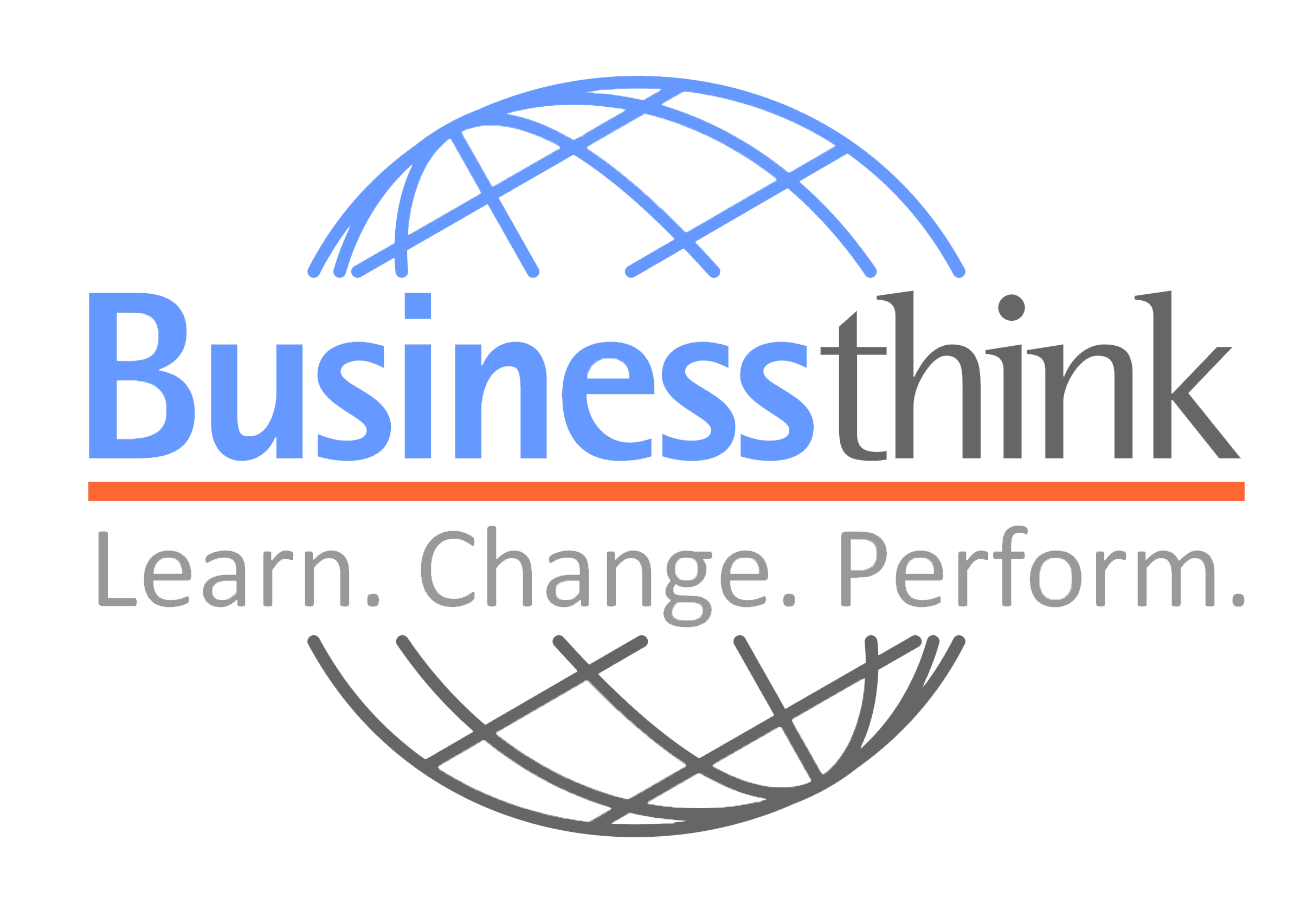In today’s information age, thought leadership has become a powerful tool for individuals and organizations alike. Thought leaders are recognized as authorities in their field, shaping industry conversations, influencing decision-making, and establishing themselves as trusted resources. But how do you cultivate thought leadership and leverage it for success?
The Pillars of Thought Leadership
- Deep Expertise: The foundation of thought leadership is genuine expertise in your chosen field. Stay up-to-date on industry trends, conduct original research, and develop unique insights that add value to existing conversations.
- Content Creation: Thought leaders consistently create high-quality content that educates, informs, and inspires their audience. This content can take various forms, including blog posts, articles, white papers, videos, podcasts, or social media content.
- Thoughtful Communication: Effective communication is key. Present your ideas in a clear, concise, and engaging manner. Tailor your communication style to your target audience and leverage storytelling to connect with them on a deeper level.
- Active Participation: Don’t just create content; actively participate in industry conversations. Engage in discussions on social media platforms, attend industry events, and contribute guest articles to relevant publications.
- Building Relationships: Thought leadership is not a solo endeavor. Network with other thought leaders in your field, build relationships with journalists and influencers, and collaborate on projects to amplify your reach and impact.
Strategies for Building Your Thought Leadership Platform
There are several ways to build your thought leadership platform:
- Identify Your Niche: Focus on a specific niche within your field. This allows you to develop a deep understanding of the issues and establish yourself as a go-to expert.
- Define Your Value Proposition: What unique insights or perspectives can you offer your audience? Clearly articulate the value you bring to the conversation.
- Content Consistency: Create content consistently to stay top-of-mind with your audience. Develop a content calendar and stick to a regular publishing schedule.
- Utilize Multiple Channels: Reach your audience on their preferred platforms. Leverage social media, blogging platforms, guest posting opportunities, and industry publications to disseminate your content.
- Measure and Analyze: Track your progress and measure the impact of your content. Use website analytics tools and social media insights to understand your audience engagement and refine your strategy accordingly.
The Rewards of Thought Leadership
Cultivating thought leadership brings numerous benefits:
- Increased Brand Awareness: Thought leadership positions you or your organization as a trusted authority, boosting brand awareness and credibility.
- Enhanced Credibility and Influence: By consistently sharing valuable insights, you establish yourself as a thought leader, increasing your industry influence and ability to shape conversations.
- Attracting New Clients or Customers: Thought leadership can be a powerful marketing tool. By demonstrating your expertise, you attract potential clients or customers seeking solutions within your domain.
- Building a Strong Network: Engaging in thought leadership activities allows you to connect with other industry leaders and influencers, fostering valuable professional relationships.
- Career Advancement: Thought leadership can open doors to new opportunities within your career. Recognition as an expert can lead to speaking engagements, leadership positions, or advisory board appointments.
Conclusion
Thought leadership is a journey, not a destination. By building your expertise, consistently creating valuable content, and actively engaging with your audience, you can establish yourself as a thought leader in your field. The rewards of thought leadership are substantial, influencing industry conversations, building brand awareness, and propelling you or your organization towards success.

